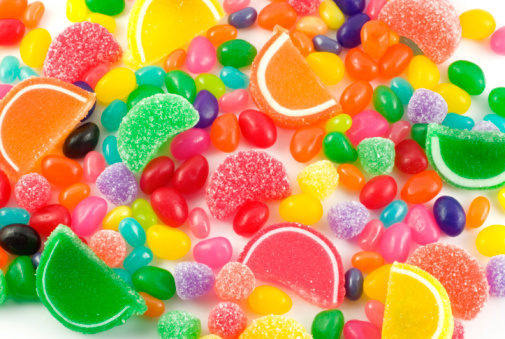Silver Spring, MD—The safety of synthetic food dyes has been questioned in the past, and now the U.S. Food and Drug Administration (FDA) is looking into the matter. FDA will hold a meeting on March 30 and 31 to discuss the truth behind the allegations that synthetic food dyes cause hyperactivity in children. Members of the public will be allowed to speak during one allotted hour.
Since the 1850s, synthetic food dyes have been used to make food look more appealing to the consumer. The safety of these dyes were not required to be tested until the 1960s, and just a decade later, health concerns—such as a connection between hyperactivity and food dyes—surfaced.
Heated debate is expected to ensue at the FDA meeting. Some argue that foods that contain the synthetic dyes also contain a lot of sugar and preservatives, which may be the real culprits behind hyperactivity. The Center for Science in the Public Interest (CSPI) wants FDA to install a ban on synthetic dyes in the United States, and to place warnings on products until the artificial colorings are officially removed. Mike Jacobson, executive director at CSPI, told WholeFoods, “A score of studies have all found that dyes affect behavior. In addition, other studies found that some dyes are allergenic and that several pose a cancer risk.”
 Recently, research published in The Lancet laid the groundwork for European Parliament to ban synthetic food dyes from products aimed at babies and small children. Furthermore, products containing synthetic food dyes are required to carry a warning label that states, “consumption may have an adverse affect on activity and attention in children.” Companies quickly changed their products to meet the U.K. requirements, but continue to market the same products with synthetic dyes in the States. For example, Kellogg’s Strawberry Nutri-Grain Cereal Bars contain synthetic Red No. 40, Yellow No. 6 and Blue No. 1 in the United States. In the United Kingdom, the same bars contain natural coloring instead of synthetic, and they are made of beet root red, annatto and paprika extract. Jacobson points out that “natural colorings do cost more, but the cost difference per serving or package is trivial.”
Recently, research published in The Lancet laid the groundwork for European Parliament to ban synthetic food dyes from products aimed at babies and small children. Furthermore, products containing synthetic food dyes are required to carry a warning label that states, “consumption may have an adverse affect on activity and attention in children.” Companies quickly changed their products to meet the U.K. requirements, but continue to market the same products with synthetic dyes in the States. For example, Kellogg’s Strawberry Nutri-Grain Cereal Bars contain synthetic Red No. 40, Yellow No. 6 and Blue No. 1 in the United States. In the United Kingdom, the same bars contain natural coloring instead of synthetic, and they are made of beet root red, annatto and paprika extract. Jacobson points out that “natural colorings do cost more, but the cost difference per serving or package is trivial.”
Only time will tell whether the U.S. government will follow the United Kingdom’s lead in banning the dyes.
Published in WholeFoods Magazine, March 2011 (online 1/26/11)









